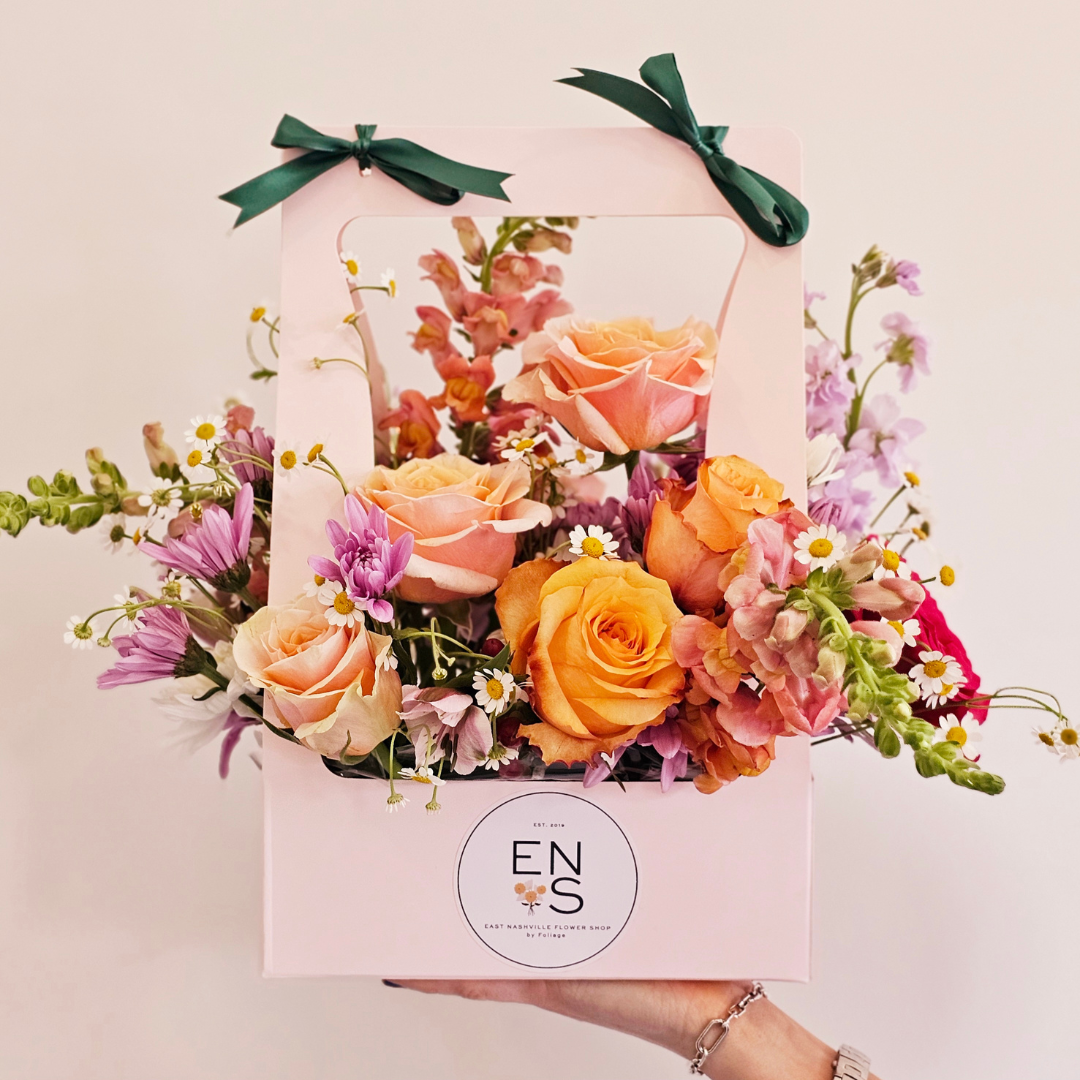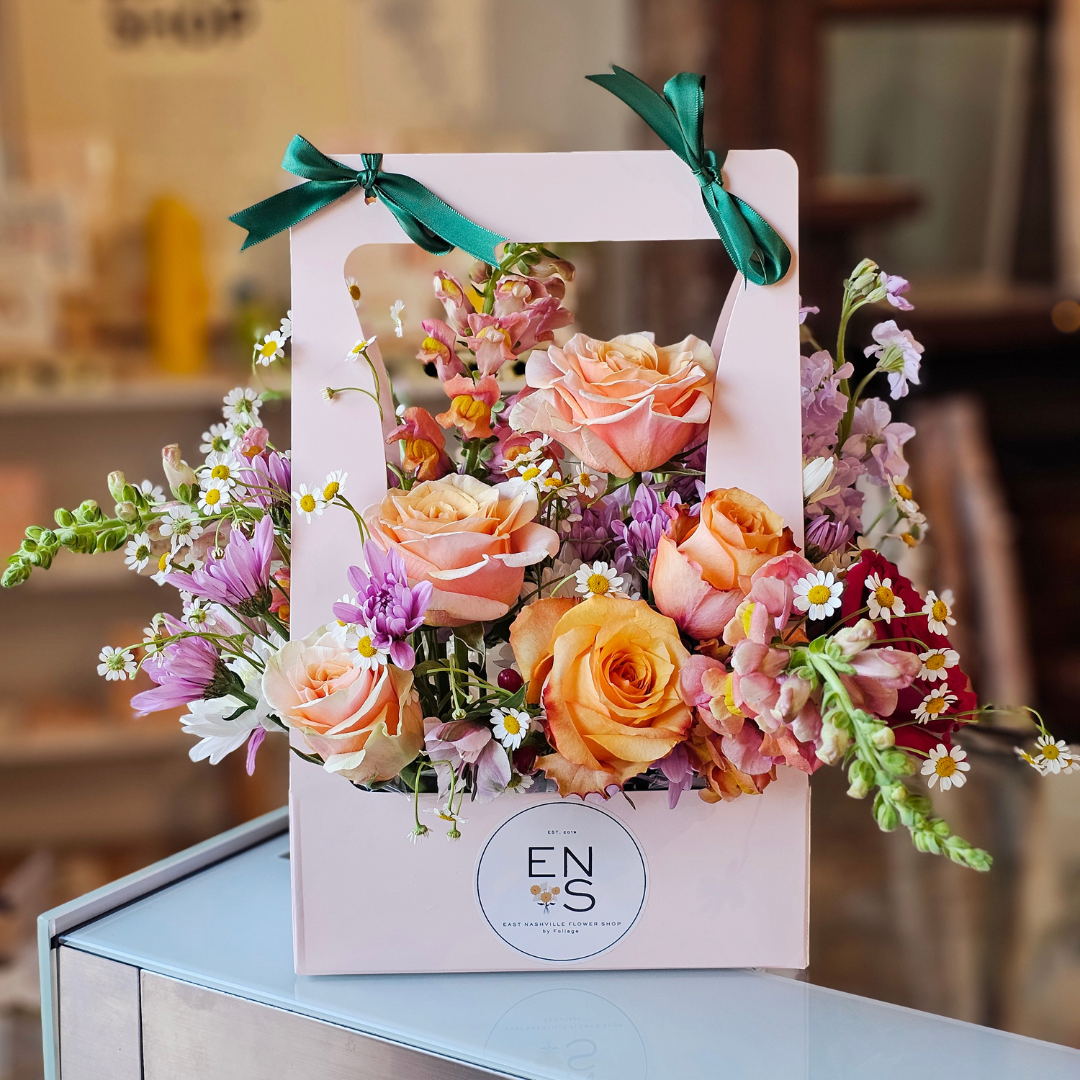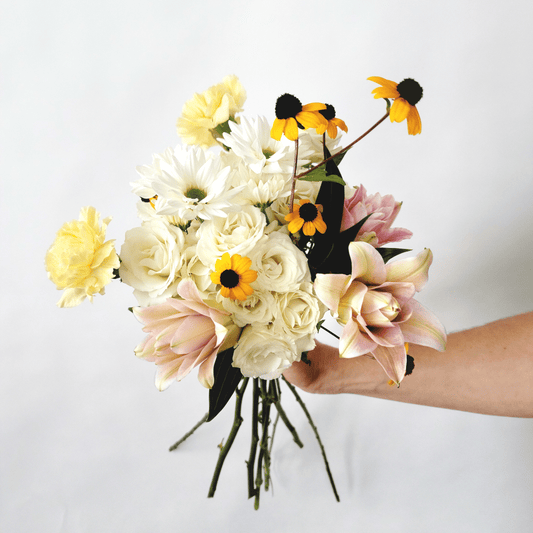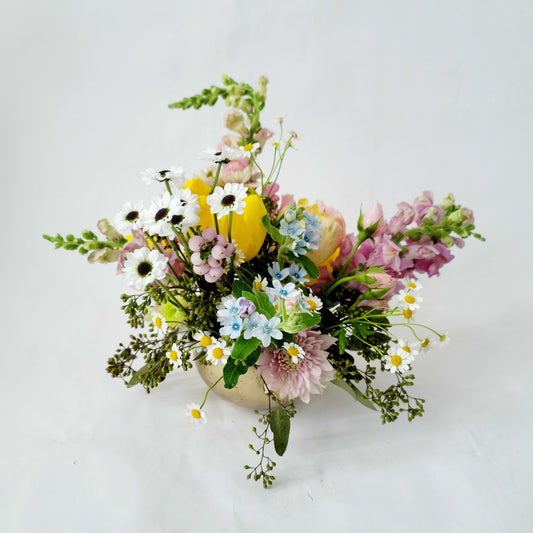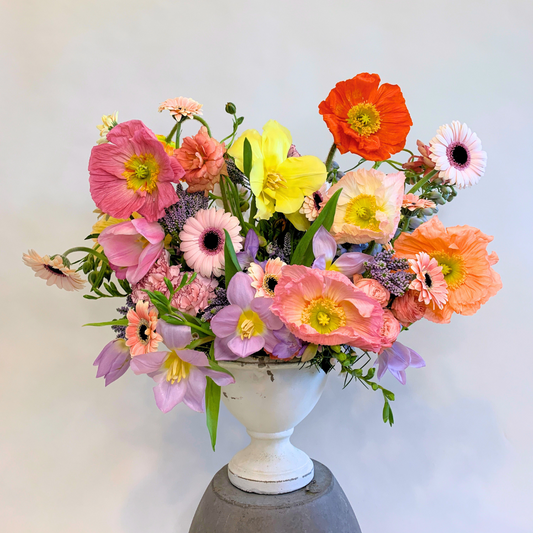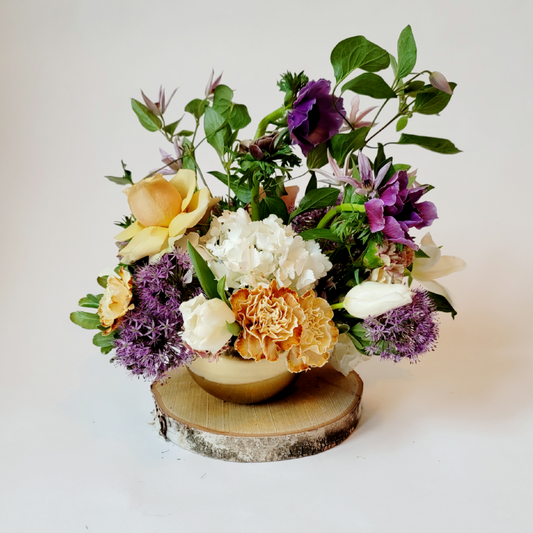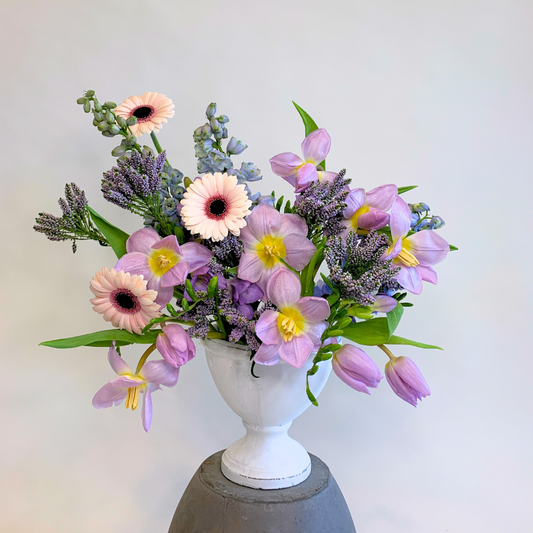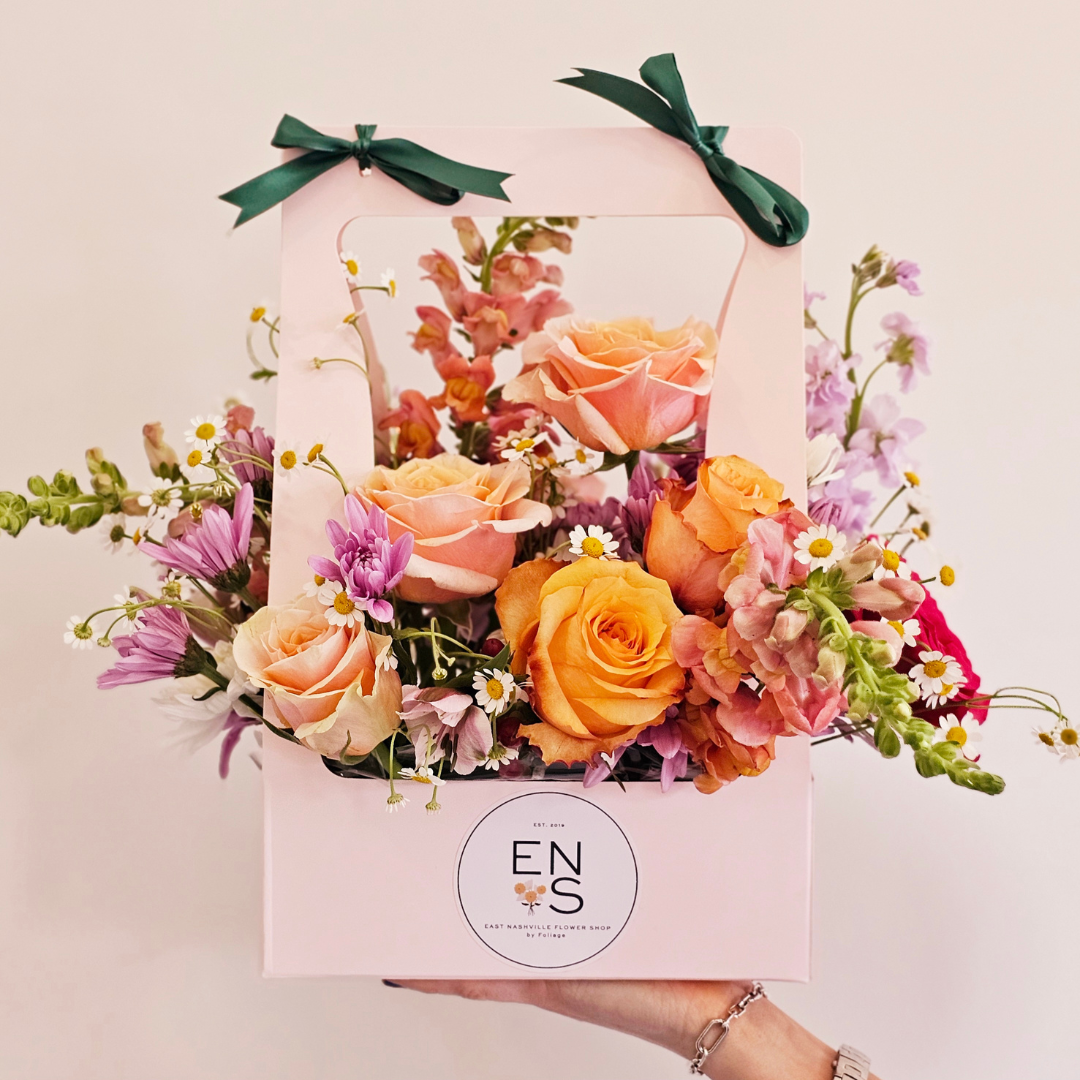Mother's Day Flowers
Order your Mother's Day flowers for flower delivery in Nashville! May 12th isn't far away!
-
The Doris Day
Regular price From $145.00 USDRegular priceUnit price per -
The June Carter
Regular price From $160.00 USDRegular priceUnit price per -
The Ella Fitzgerald
Regular price From $263.00 USDRegular priceUnit price per
East Nashville Flower Shop
ORDER FLOWERS ONLINE
Order before 11AM and we'll deliver same-day! Delivery available M-F. In-store purchases only on Saturdays.
As your local Nashville florist, everything is made fresh by us here at our flower studio on S 11th Street in East Nashville.
Located at 114 S 11th Street, Suite 101, Nashville, TN 37206
Nashville Florist
The Loretta Lynn
Colors Collection: Lavender
The June Carter
Your Nashville Florist Shop
-
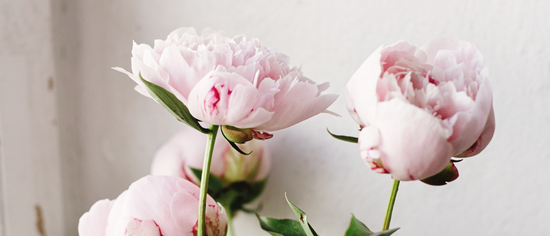
You're in Safe Hands
Buying fresh flowers can be overwhelming + intimidating. As experienced florists Nashville we're here to help. Just look at all our reviews!
⚘⚘
As one of the top Nashville Florist, we've delivered flowers to Margo Price, Kenny Chesney, Ashley McBride, Judy Collins + more!
-
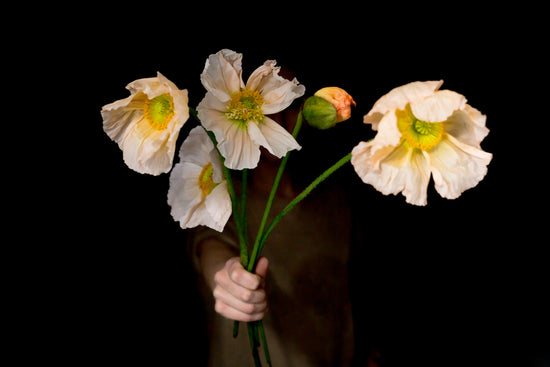
Luxury Nashville Florist
At East Nashville Flower Shop, flowers become an everyday luxury.
⚘
Whether it's a small gesture to say "I'm thinking of you" or planning your next extravagant event, we've got you covered. We are your go-to luxury Nashville Florist.
⚘
Our arrangements are all expertly crafted at our retail shop at 114 S 11th Street, Suite 101 in Nashville, TN. -
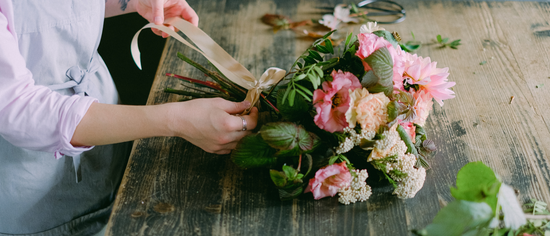
About our Flowers: Your Nashville Florist
As a florist in Nashville, we work with local flower markets + growers to provide you with the best fresh flower delivery experience possible. Only the best of what's available will make it into your fresh flower delivery Nashville.
⚘⚘
As a luxury Nashville Florist, phenomenal customer service is a priority.
East Nashville Flower Shop by Foliage
Signature Flower Box
